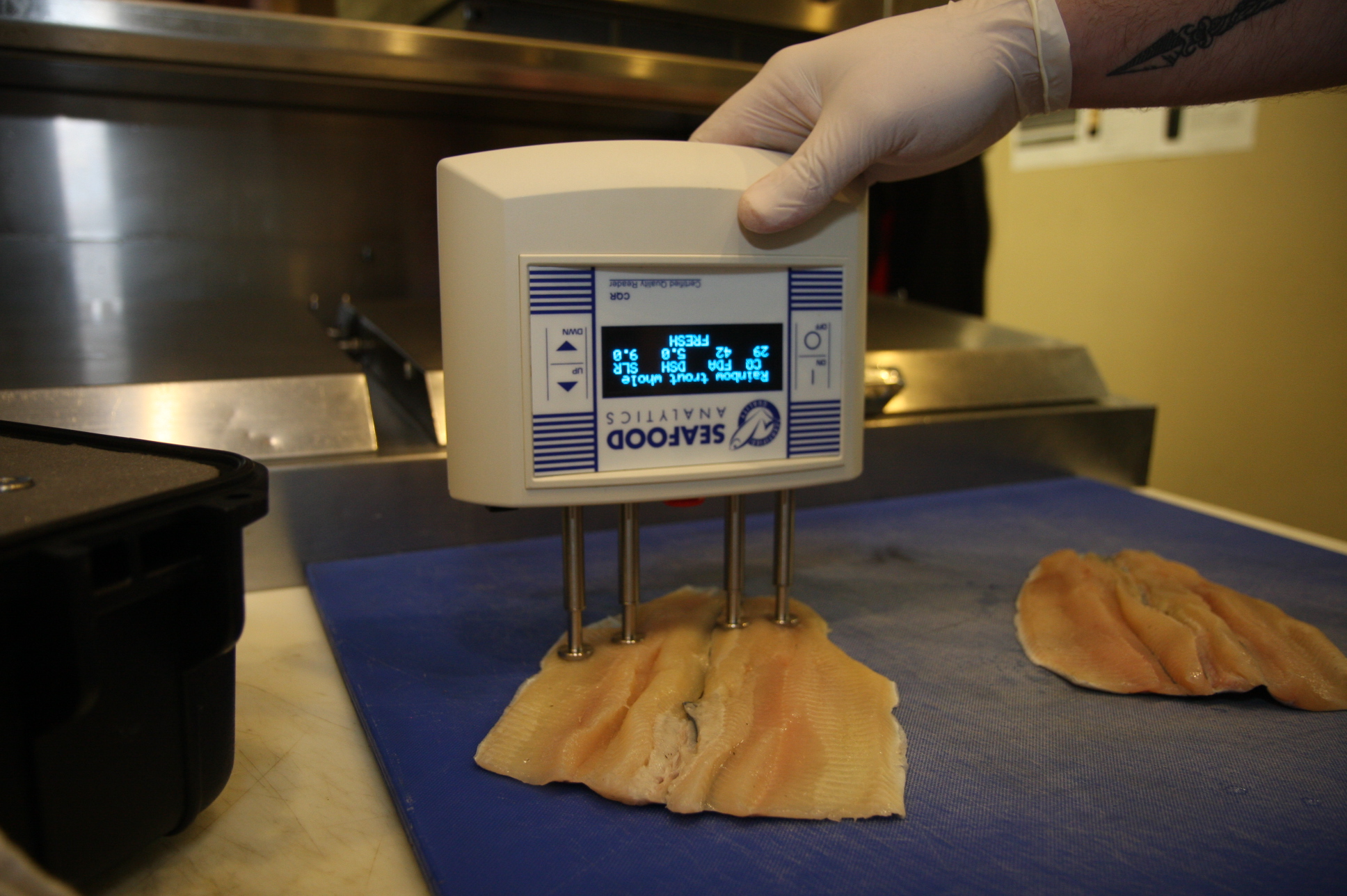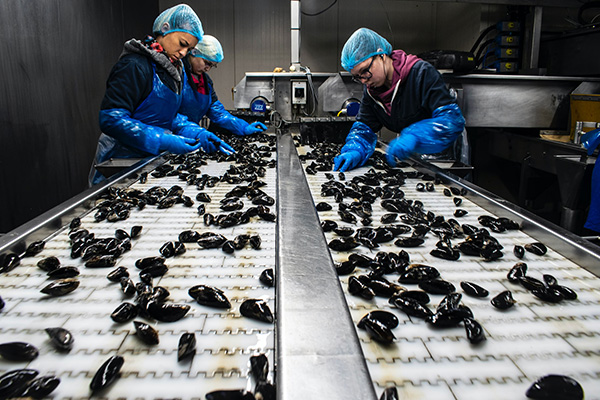Food safety remains a vital concern for public health and consumer trust. Every decision in risk assessment can protect lives and prevent contamination. Adopting data-driven methods offers a clear advantage over traditional practices prone to human bias. Today, predictive analytics, digital collaboration, and Industry 4.0 innovations provide much of the evidence needed to secure the food supply.
However, biases can still affect these advanced technologies. To maximize their benefits, it’s vital to be mindful of these potential issues so you can prevent them from occurring and overcome them if they do.
Understanding Cognitive Bias in Food Safety Risk Assessments
Cognitive biases distort decision-making. Confirmation bias leads experts to favor data that supports familiar ideas. The availability heuristic overemphasizes recent or vivid events.
Information bias encourages reliance on incomplete or misleading data. Each bias weakens the risk assessment process and can result in missed hazards.
Recent research shows that biased evaluations have contributed to significant safety failures. In several cases, incomplete data led to overlooked risks, causing contamination events and product recalls. The industry now embraces objective, data-based methods to reduce errors. Using comprehensive datasets clarifies risk factors and improves evaluations, building a more resilient food safety system.
Food safety professionals now seek methodologies that replace subjective judgment with measurable evidence. They commit to processes that rely on hard data, ensuring every decision reflects the true risk level. This change promises clearer assessments, stronger preventive measures, and a safer food supply chain.
Leveraging Predictive Analytics for Objective Decision-Making
Predictive analytics transform risk assessments by forecasting hazards before they occur. Advanced models examine historical data alongside real-time information to identify emerging risks. These algorithms reveal patterns that traditional methods may miss, empowering teams to act before incidents occur.
Food safety teams use predictive models to monitor trends and allocate resources effectively. Early intervention prevents potential outbreaks and minimizes losses. Predictive analytics shifts the focus from reacting to problems to anticipating them. This proactive approach leads to more precise, measurable outcomes and reinforces public confidence in food safety systems.
The power of predictive analytics inspires a forward-thinking mindset across the industry. Professionals apply data-driven tools to predict challenges and implement timely countermeasures. In doing so, they turn vast amounts of data into actionable intelligence, which strengthens the overall safety framework.
Using Collaborative Tools to Reduce Bias
Collaboration plays a crucial role in achieving unbiased risk assessments. Modern digital platforms enable experts from various fields to work together. Online whiteboards and collaborative software create an environment where data becomes visible and ideas exchange freely. These tools foster real-time discussions that help challenge assumptions and examine data thoroughly.
Team members organize and annotate information to reveal inconsistencies. They review data collectively, which reduces individual biases and refines overall judgments. Structured group analysis enhances transparency and leads to more accurate evaluations.
Key benefits of digital collaboration include:
- Real-time brainstorming sessions
- Clear, visual organization of complex data
- Collective review processes that minimize personal bias
These collaborative platforms promote an atmosphere of open dialogue and mutual accountability. They encourage professionals to use every available data point to build well-rounded risk assessments. In turn, this approach improves decision-making and strengthens the safety net across the food industry.
The Role of Industry 4.0 and Data Analytics in Food Safety
Industry 4.0 technologies revolutionize food safety by streamlining data collection and analysis. Sensors placed throughout production lines capture real-time data on temperature, humidity, and pressure. Automated systems record this information and feed it directly into analytical models. Machine learning algorithms process the data and detect anomalies with impressive speed.
This technological integration minimizes human error. It ensures consistency in monitoring and sharpens the accuracy of risk assessments. Automated systems and smart devices provide continuous feedback, ensuring quick interventions as required. Such precision proves indispensable for upholding strict safety standards.
Industry 4.0 innovations drive a transformation that enhances efficiency and strengthens consumer confidence. The use of interconnected devices and advanced analytics creates a transparent environment where every step in the production process receives constant scrutiny. This proactive system ensures that potential concerns are spotted and handled before they become larger problems.
Data Analytics in Food Safety Compliance
These tools can overhaul risk management strategies using advanced data analytics. Teams can integrate real-time monitoring with predictive models to examine a wide range of risk factors. This allows detection of the early warning signs of contamination that traditional methods often miss. Swift action could prevent a potential outbreak and avoid a costly product recall.
When professionals embrace analytics, they can achieve significant improvements in compliance. They can detect risks earlier and implement targeted measures that maintain high safety standards. Ongoing success confirms that investment in data analytics translates into improved operational efficiency and better protection of public health.
The potential positive outcomes from this use case drive home the value of advanced risk assessments. They demonstrate that data-centric strategies help shift reactionary processes into anticipatory systems. Industry professionals must adopt similar methods and continuously refine their safety practices.
Scientific Perspectives on Data-Driven Risk Assessments
Recent scientific studies support the benefits of data-driven risk assessments. Researchers have found that objective data and advanced models lead to more accurate, reproducible evaluations. Comprehensive datasets help uncover subtle risk factors that traditional methods often overlook. The evidence demonstrates that objective analysis reduces the influence of human bias.
Peer-reviewed research validates the need for measurable, data-based strategies in food safety. Scientists conclude that integrating robust analytics improves decision accuracy. Empirical studies reveal that evidence-based approaches lead to better identification of hazards. This research reinforces the importance of transitioning away from subjective methods toward data-driven protocols.
The scientific community’s findings promote a clear path forward. Food safety professionals receive encouragement to adopt advanced analytics in their work. They gain assurance that objective, data-driven practices enhance every aspect of risk management, leading to safer food systems and greater public trust.
Embracing the Human Element in Data-Driven Food Safety
Technology and data form the backbone of modern food safety, but human expertise remains essential. Skilled professionals interpret complex datasets and translate numerical insights into practical safety measures. Their deep understanding of food systems ensures that advanced analytics enhance, rather than replace, expert judgment.
These professionals scrutinize every data point, validate the accuracy of algorithms, and adjust protocols based on real-world conditions. Their critical analysis turns raw data into clear, actionable strategies. Human insight and analytical tools work together to refine risk assessments continuously.
Integrating human expertise with data-driven solutions builds a resilient safety culture. Food safety teams commit to continuous improvement, ensuring that every risk assessment reflects the latest insights and technologies. The combination of precise analytics and expert judgment ultimately strengthens the industry’s resolve to protect public health.
Conclusion
Data-driven decision-making is revolutionizing food safety risk assessments, replacing guesswork with objective, measurable evidence. Predictive analytics, collaborative digital tools, and Industry 4.0 innovations all work together to empower professionals to identify and mitigate risks before they escalate. Every sensor reading and algorithmic prediction strengthens transparency and ensures a proactive approach to safety.
This shift represents more than a technological upgrade. It is a commitment to public health and trust. Clear, accurate risk assessments reduce cognitive bias and reinforce industry accountability. By embracing data-driven methodologies, food safety professionals create a resilient system that adapts to new challenges, safeguards consumers, and upholds the highest standards of excellence.















